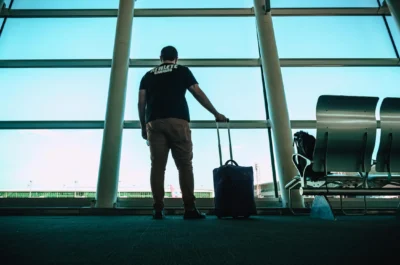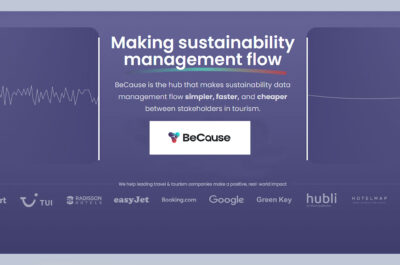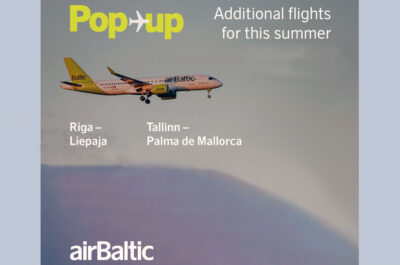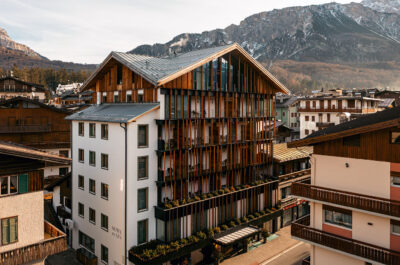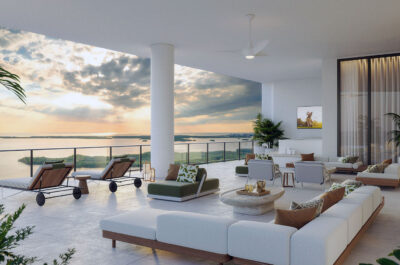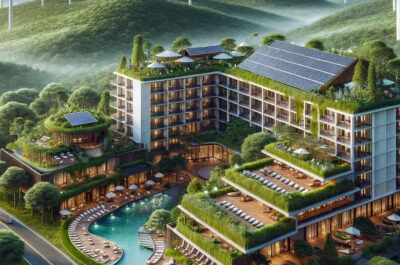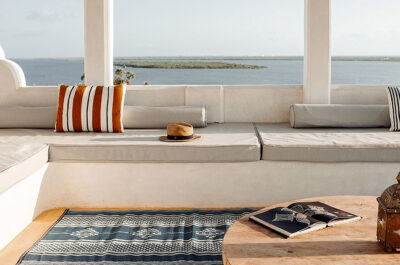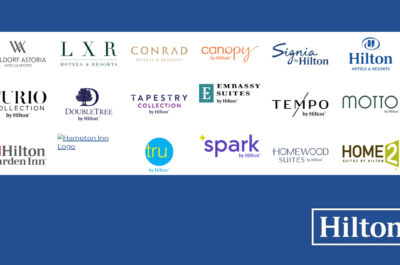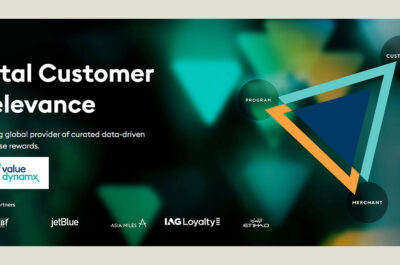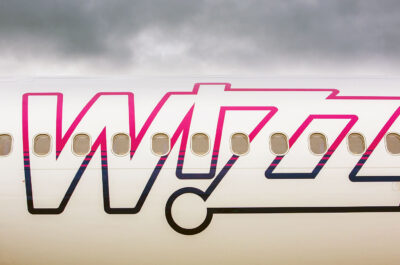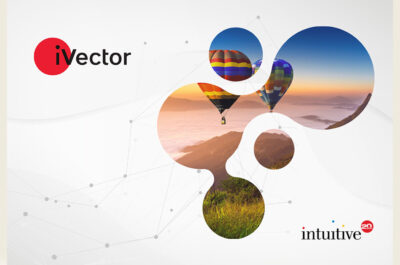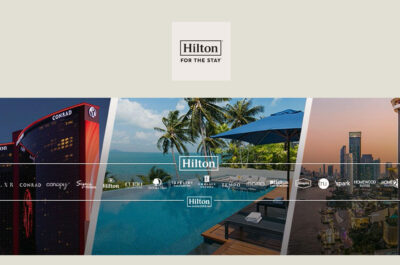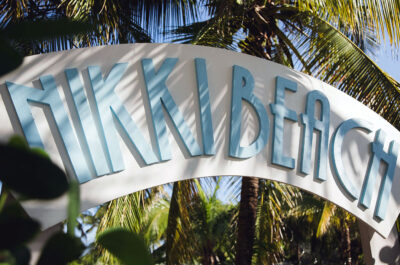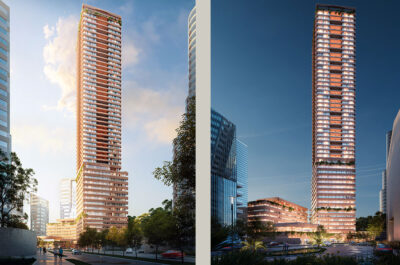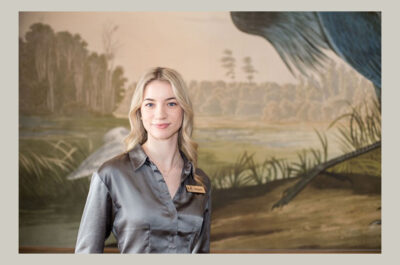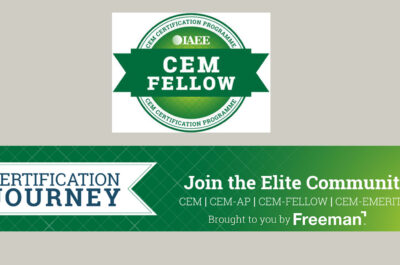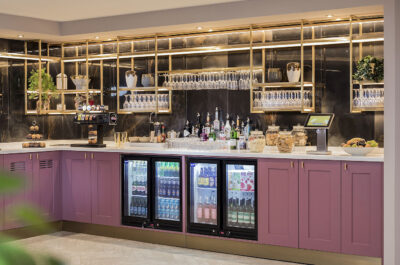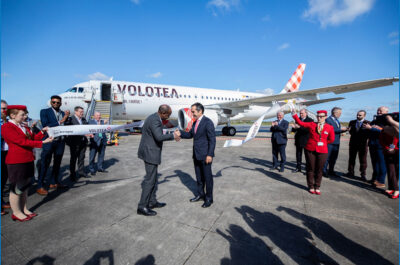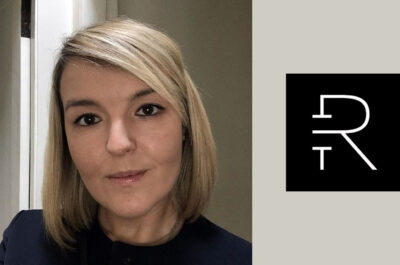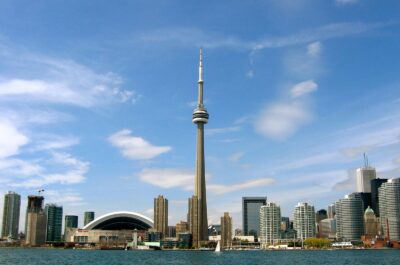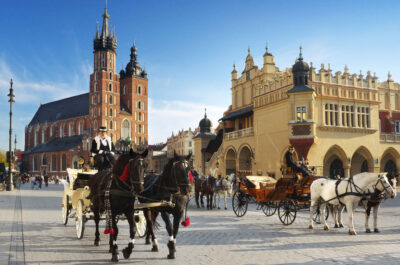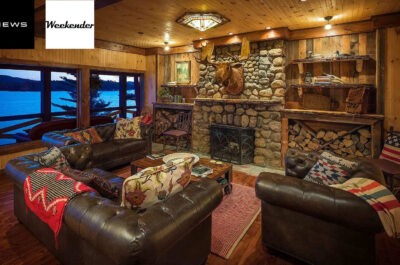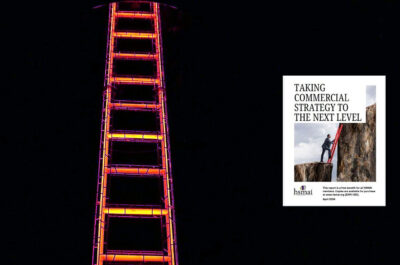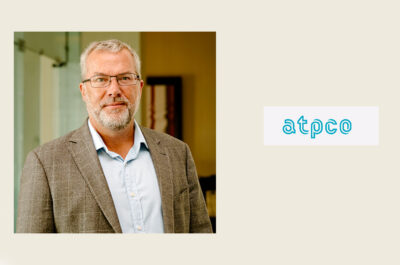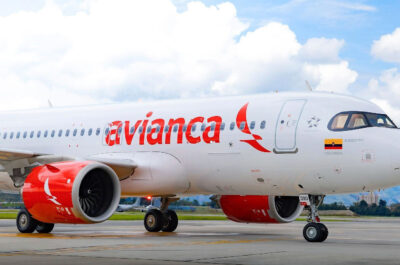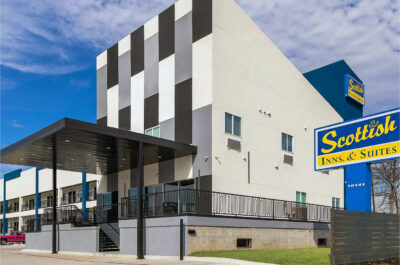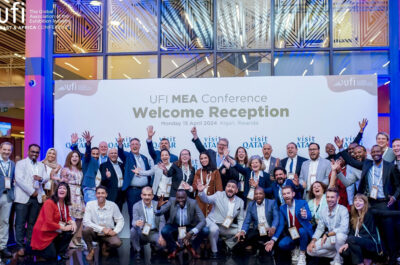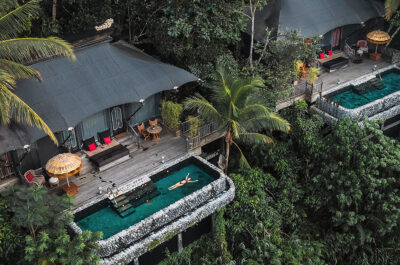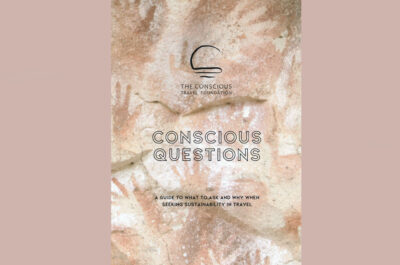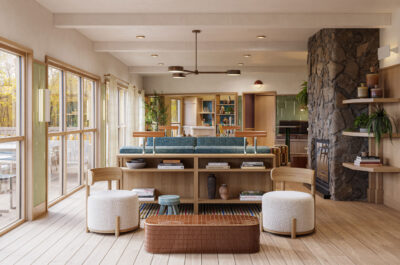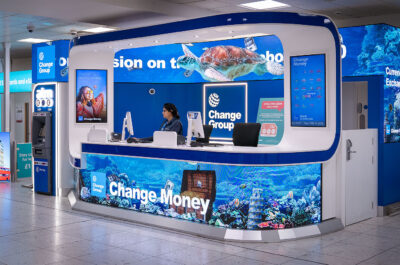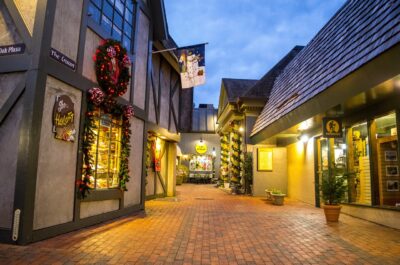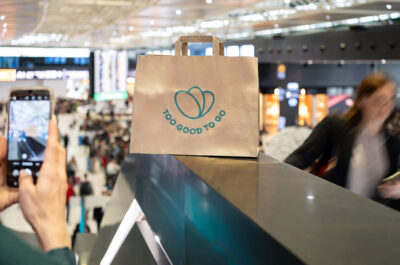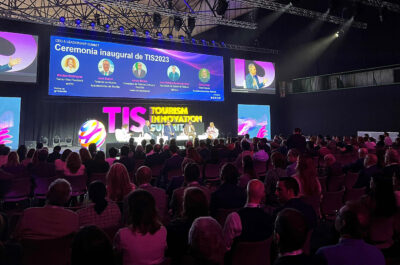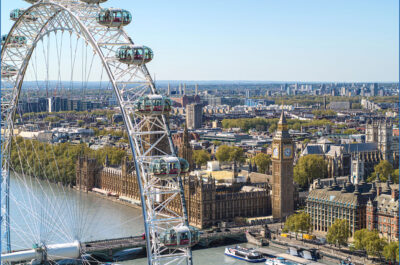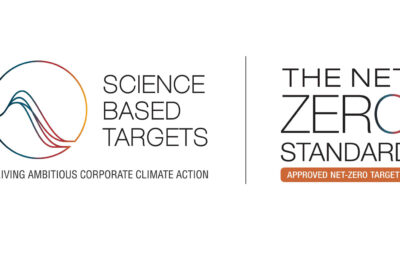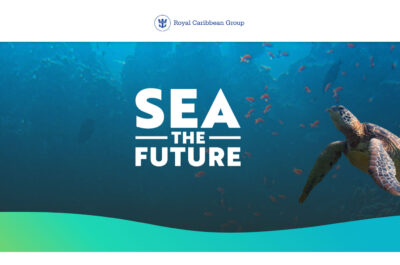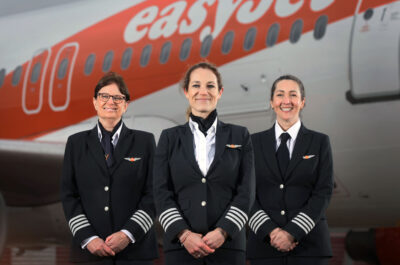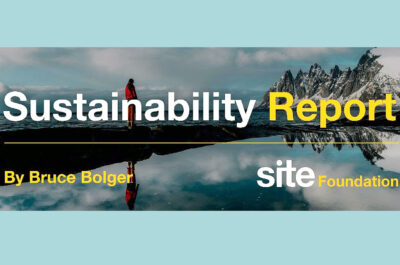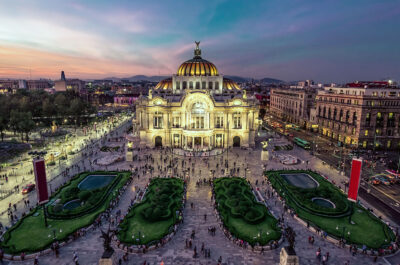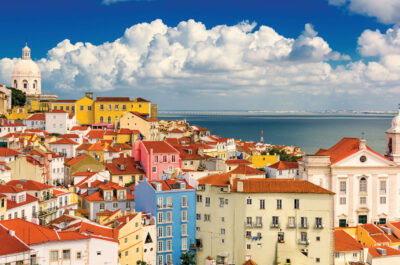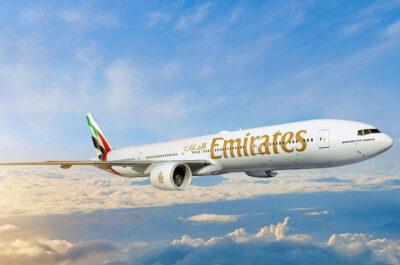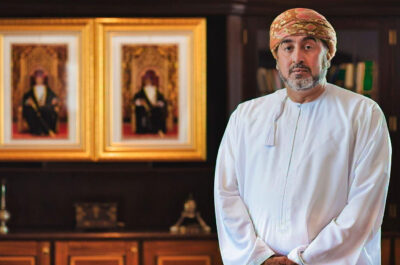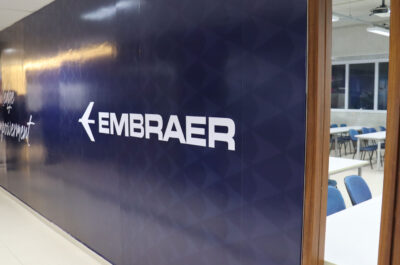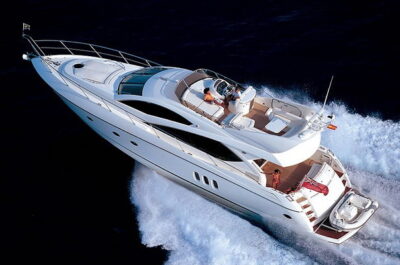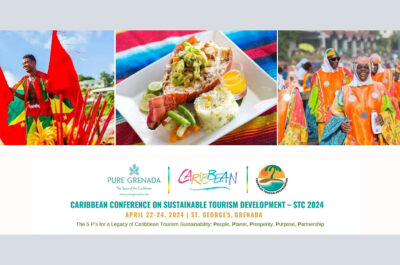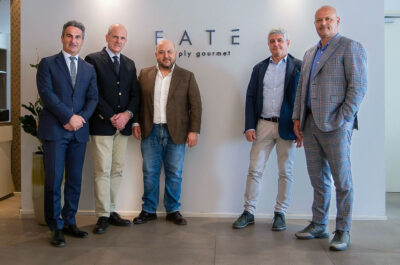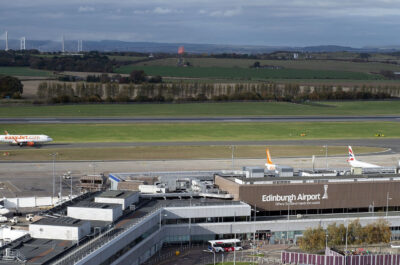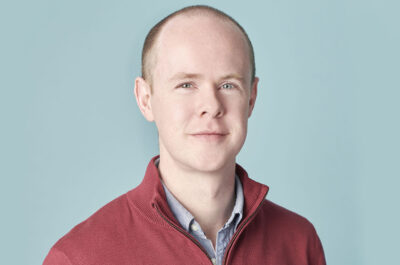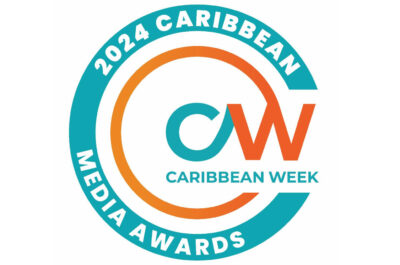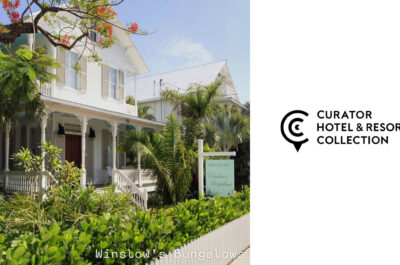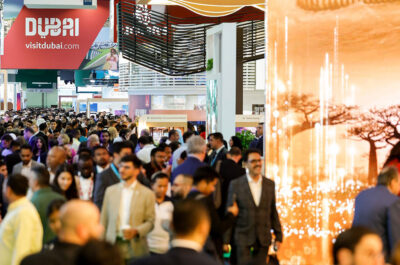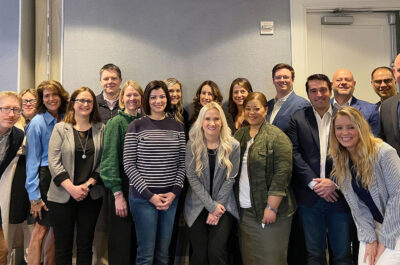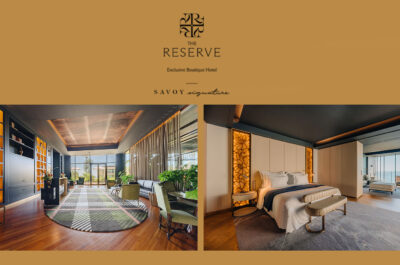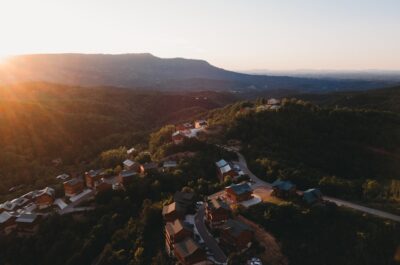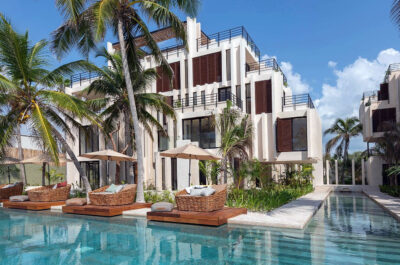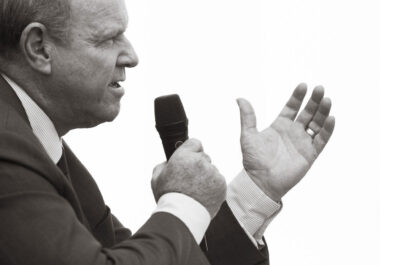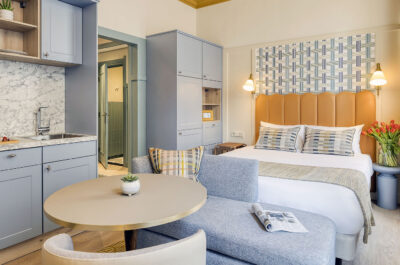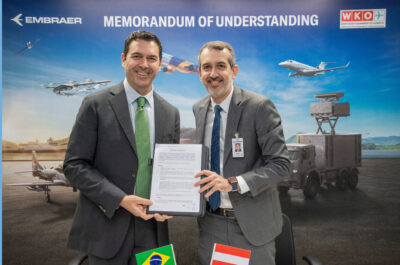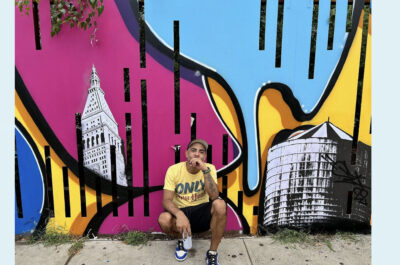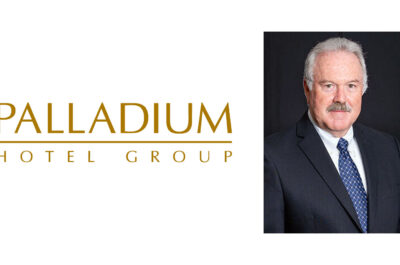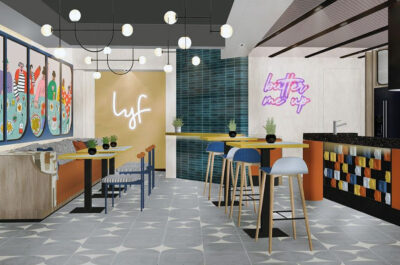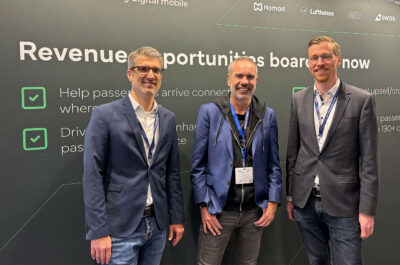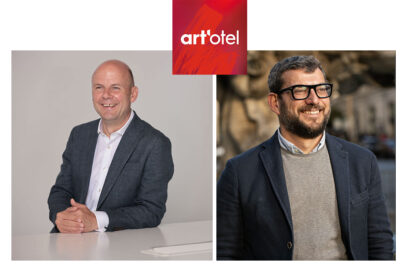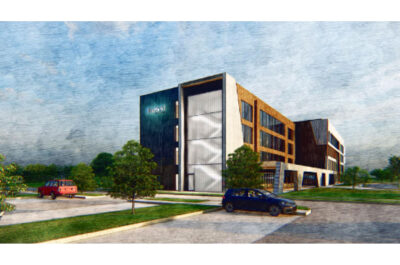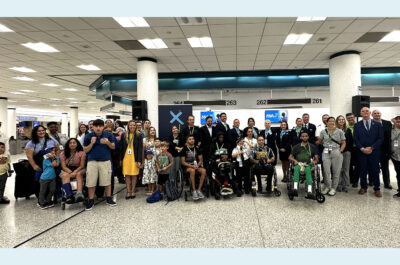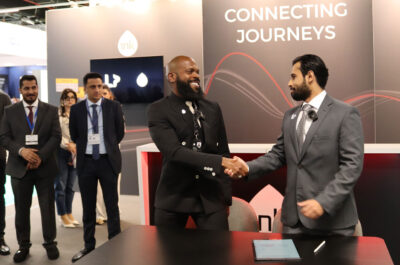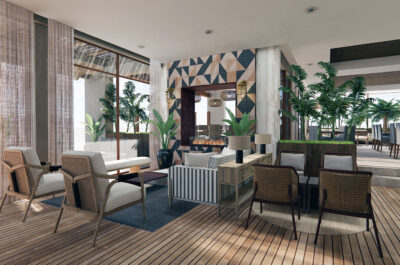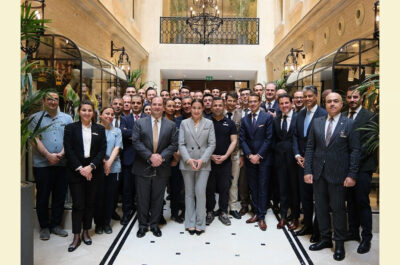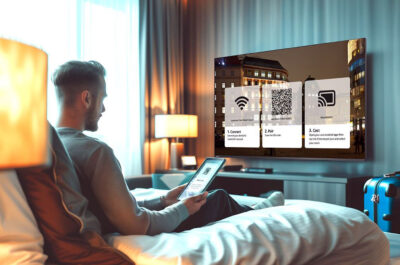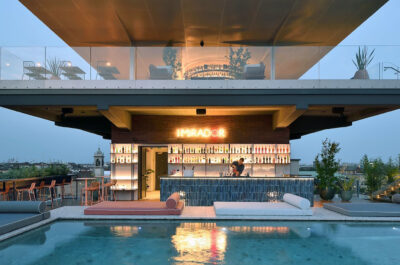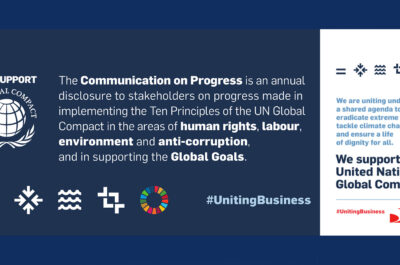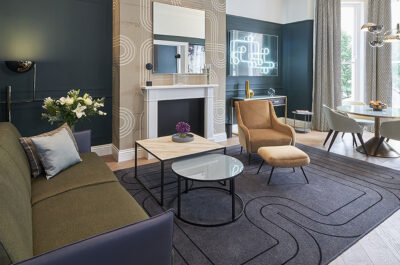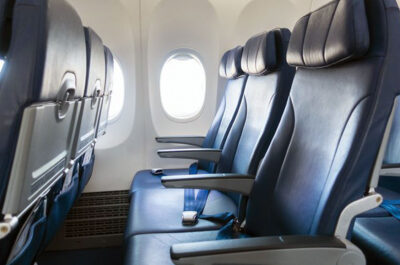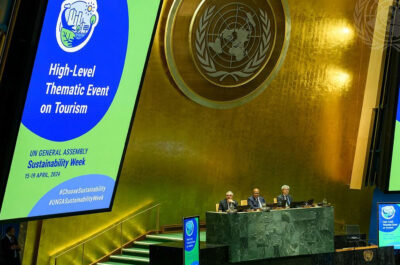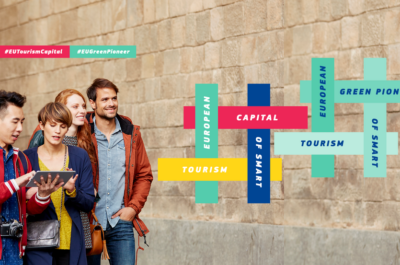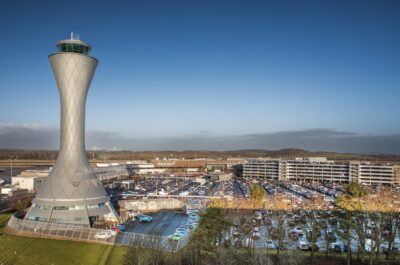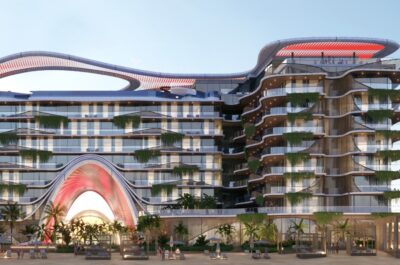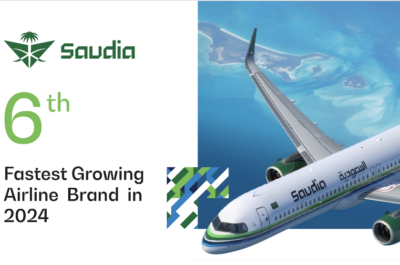On the 2nd part of the “Views from and beyond the lobby: Is there room for innovation?” Dr Stavros Sindakis explores the extent to which hotel design is a critical element to attract loyal customers.
The hotel market is a highly fragmented area, where companies seek ways to develop customer centered products and solutions. The hotel industry is dominated by innovations that emerge either from technology (technology push) or from customers (market pull). Although the overall number of travelers increases every year, hotels are struggling to raise the occupancy rates. Hotels do not only invest on innovation, but also on creativity in order to differentiate themselves, offer unique experiences and reach high levels of customer satisfaction. Hotel design, luxury, and comfort are critical elements that influence travelers’ decision.
How many people think of choosing a city hotel for a retreat? How many hoteliers around the world would have thought of developing an urban hotel as a retreat center? The Siam hotel, at the center of Bangkok, Thailand, is designed to make people feel like they are in a resort far away from the noise of the city. Likewise, The Ett Hem hotel in Stockholm, Sweden makes its guests feel like home. Its English-Swedish design along with the warm homey atmosphere deliver exactly what they are supposed to: bespoke comfort in a cozy environment surrounded by art, friendly staff, and an equipped library that is offered to reading lovers. Xbox One Hotel in Paris is designed for game passionate people, based on the new Microsoft console Xbox One, while the Manta resort in Zanzibar has created a room experience 4 meters underneath the surface of the sea water.
The hotel industry follows the path of innovation, without looking back. Competition is fierce in the hospitality sector, and the cost of gaining customers increases, leaving little profit margin for sustainable growth. The Hilton Hotels & Resorts invest on design, technology, and comfort innovations to please and accommodate their guests as best as possible. Dave Horton, Global Head of The Hilton Hotels & Resorts, stresses, "Design has a powerful impact on the overall guest experience and brings our brand promise to life in a unique way". Hilton London Metropole, one of the leading conference and events hotels in Europe, has undergone a major renovation of its lobby area, aiming to transform the arrival or the meet-at-the-hotel experience, creating groovy spaces for guests and locals to work, socialise, and enjoy. The novel design of the lobby along with the adoption of technology for guests and visitors makes the hotel an inviting destination that offers a social atmosphere for people to meet, enjoy, and work. Similarly, Hilton Copenhagen Airport has launched a new multifunctional room designed for children's play and creative meetings. The goal is simple: “to create an interior design that would indulge children's imagination through playing and learning while developing their motor skills,” while allowing business travelers and conference guests to use it as an inspirational room that motivates new ideas and comes as a supplement to the standard meeting room. "We are constantly developing and exploring new projects, and it is important for us to challenge the services which we offer to our guests,” stated Jukka Turku, General Manager of Hilton Copenhagen Airport.
Another case comes from the InterContinental Hotels Group. The Innovation Hotel project is a user-friendly platform where customers can see and monitor the types of innovations that InterContinental has developed or adopted, distinguishing it into different sections of a hotel (e.g. exterior, reception, bedroom, etc.) and into several levels as to energy consumption, community benefits, as well as water and waste management. In addition, the platform allows visitors to share their ideas with the hotel chain, aiming at creating a shared value with and for its customers. Similarly, Hilton Hotels & Resorts developed an online 3-D tool – the Hilton Design Studio (HDS) -, in which Hilton owners, operators, developers, and design firms implement the brand's forward-thinking design narrative in a cost-effective and time-saving manner. The platform allows stakeholders to design and implement solutions incorporating creativity, local culture, and flexibility in the design process. Designers will be able to choose their guest room layout; style and color palettes; furniture, fixtures and equipment (FF&E); flooring and artwork, following the brand's design guidelines and specifications. And this is only one feature of the tool, which also functions as a resource of education for owners, operators and design partners about the Hilton design through narratives for the central areas of the hotel. In addition, the platform acts as a medium for the hotel chain to collect information about user behavior and emerging trends in each region of the world. Information analytics allow Hilton to update brand-approved options that respond to the needs of owners and guests.
Those examples from two major players prove that innovative design becomes a critical and, at the same time, promising field for hotels. Innovation in design enables them to develop their own identity, create new concepts and products, offer unique services to customers, reduce energy consumption, as well as to boost local economies and meet social needs. For instance, boutique hotels with singular designs and full service accommodations, energy spa hotels with spa facilities and stress reduction treatments, and eco hotels, which are built in the forests or in iced mountains consist only some of the types of unique lodgings. For example, the Treehouse Point Eco Resort in Issaquah, WA is part of what we call ‘sustainable building and innovative architecture’, offering guests the opportunity to reconnect with nature. The Cavendish, an award-winning green hotel in central London, uses only eco-friendly chemicals, works closely with suppliers to reduce packaging and transportation time, and purchases only fair trade coffee and tea for customers. Marriot Hotels, the flagship brand of Marriott International, has created the ‘The Underground’, an innovation lab, which aims at promoting innovation in hotel architecture and design, as well as at developing collaborations with architects, designers, employees, and customers. This innovation room enables interactive and participatory discussions where guests contribute to the brand’s future designs by sharing their ideas and preferences. Crowdsourcing, the practice of shared ideas and resources collection becomes valuable element of the design of the future. The Cotel, a concept development by PSFK in partnership with the real-estate crowdfunding company Prodigy Network, is the first initiative where designers and architects around the world will be able to submit their ideas and designs for the development of an innovative hotel in the heart of New York City’s Financial District. The Cotel, similar to the BD Bacata concept, will search for ideas from the crowd about the design of its public spaces and rooms, the development of digital platforms to connect the experience to each guest as well as will look for funding, not solely from deep-pocketed developers, but also from smaller investors.
It comes forward therefore that innovation in hotel products, experiences, and design is critical for the success of every company that operates in the sector. While products and services are closely related to convenience and comfort, design is an important element that determines the overall experience of travelers, whether they come for business or leisure. The level of participation in the Radical Innovation Award – “a competition for professionals and students to create a new strategy that solves hotel industry problems and creates new opportunities for guests and investors” -, evidences the value of innovative design as a tool that provides solutions and unlocks opportunities for the hotel industry. Having participants from 28 countries in 2014 – comparing to 21 countries for 2013 -, this competition might be the life-changing event for those who have an innovative and creative concept to impact the industry. Discussing earlier about eco hotels, sustainability, and customer engagement, the 2014 finalists concentrate on green developments, interactive rooms, and on transforming old public infrastructures into contemporary places. More specifically, the Green Air Hotel in China is an innovative green building with interior and exterior lungs and greenhouse gardens that act as air filters to remove harmful toxins in the air and replenish it with oxygen. The Hotel 2020 in USA offers guests an augmented reality, utilizing the 3D-printed interiors to provide interactivity between the guest and the space, increasing the impact of the design. Finally, the Sky Lofts on the Boardwalk in Australia is a creative concept that converts the abandoned monorail beamways in Sydney into pedestrian- and bike-friendly boardwalks with ready-made accommodation, cafes, and reception lofts.
Consequently, we see that innovation, design, and creative thinking come together and complement each other in the hotel industry. Design thinking is therefore the premise to develop products for the market matching customers’ needs with technologically feasible and viable solutions.
Share your experience:
- What percentage of your customers choose your hotel because of its innovative design, and why?
- What kinds of sustainable design technologies do you use in your hotel?
- Do you believe that sustainable development and increased energy efficiency are important to your customers?
Dr. Stavros Sindakis is Assistant Professor of Innovation Management at Bangkok University, and member of The Institute for Knowledge and Innovation – South East Asia. His principal research interests lie in innovation and development of new technology-driven and customer-oriented products and services as well as in the exploitation of entrepreneurial opportunities in the knowledge intensive industries.
Dr. Sindakis participates as speaker in many international conferences, and is leading several research projects, funded by Governments and University institutions. He is also the co-author of 4 books on such topics as entrepreneurship, analytics, innovation and excellence-driven sustainability, social-ecological innovation, and customer-driven innovation. His main academic contributions relate to Innovation and Enterprise Excellence, Organizational Sustainability and Growth, Coopetition and Entrepreneurship.
